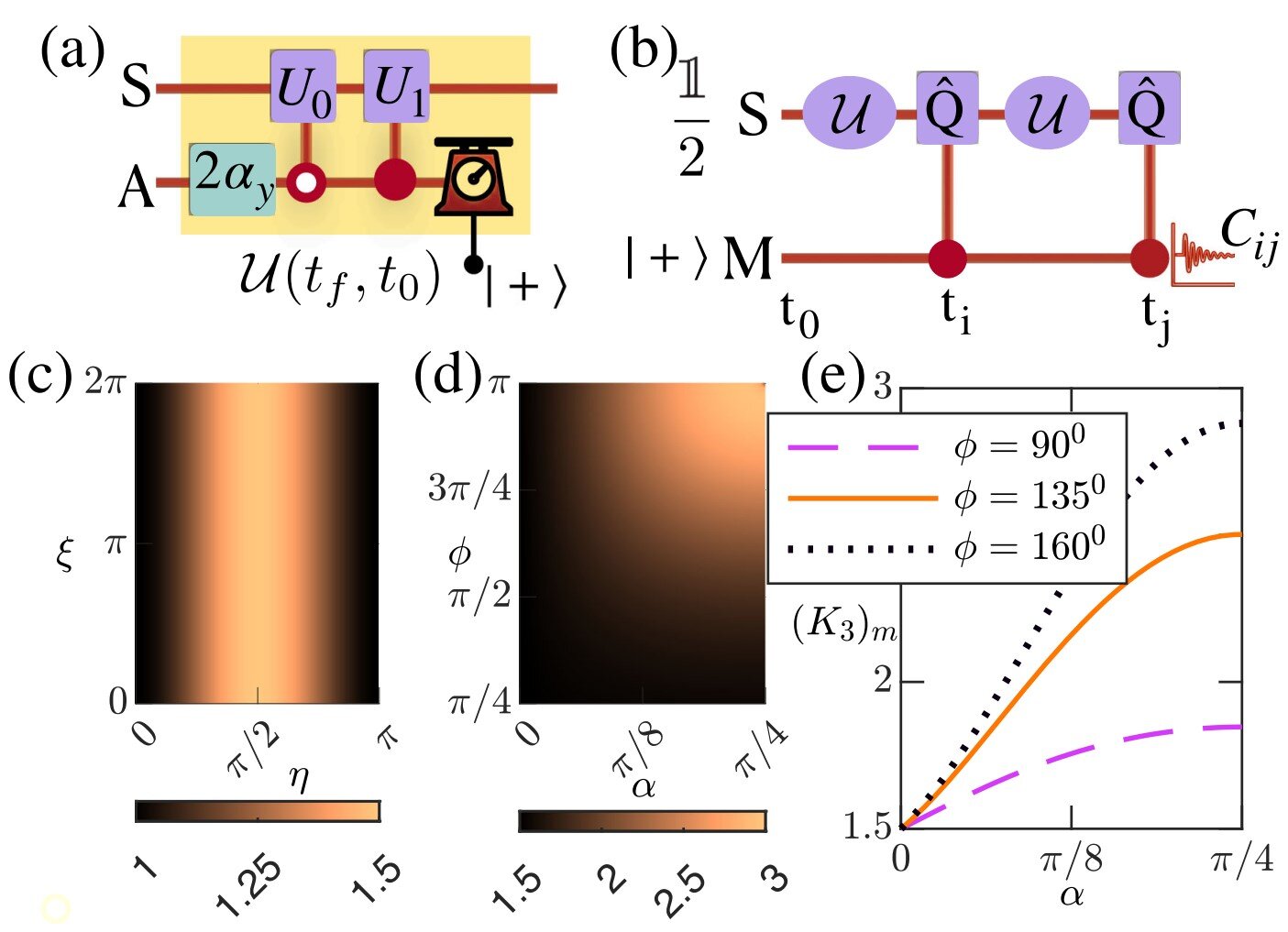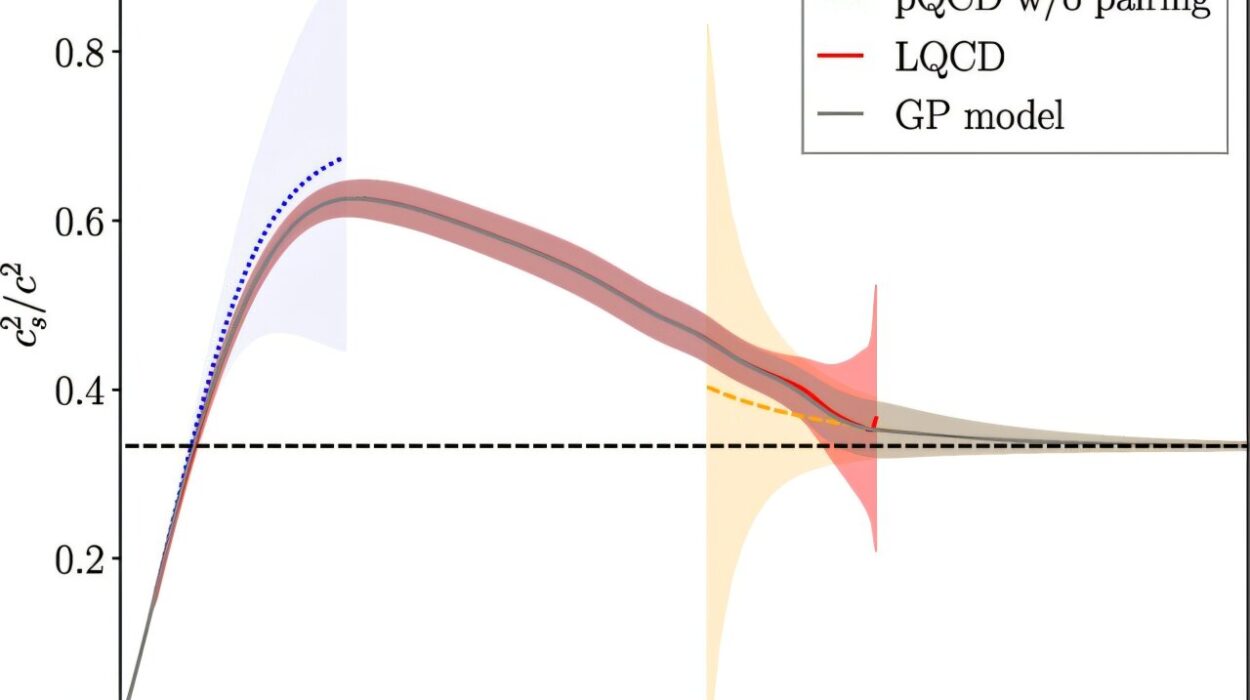In the realm of quantum mechanics, reality is notoriously elusive. Imagine a world where particles can be in two places at once, their properties exist only as a blur until measured, and the very act of observing them distorts their behavior. It’s a world that stretches the limits of our imagination and understanding, a world where nothing is ever as it seems. But recent breakthroughs in quantum research are revealing that this bizarre realm may be even stranger than we ever thought.
The quantum world, with its rules and behaviors that defy intuition, is the bedrock of the most revolutionary technologies in our future, including quantum computers. Yet, scientists are still unlocking new layers of this strange reality, and what they’ve discovered could forever change the way we think about quantum physics.
Breaking Boundaries in the Quantum World
For years, scientists have used a mathematical test known as the Leggett-Garg inequality (LGI) to distinguish between classical and quantum systems. In the classical world, objects have clear properties that are unaffected by observation—think of a rock sitting on a table. But in the quantum world, things are far more fluid: particles exist in multiple states at once, their behavior changing based on how we observe them. This fundamental difference is measured by the LGI, where quantum systems consistently violate its limits.
However, even within the strange world of quantum mechanics, there are boundaries that have remained largely unchallenged. One of these is the temporal Tsirelson’s bound (TTB), a theoretical limit that sets the maximum possible violation of the LGI in any quantum system. In simpler terms, this is the extreme edge of quantum weirdness—the point beyond which the laws of quantum physics can no longer be bent.
But what if there was a way to break that limit entirely, pushing quantum physics to a new frontier of weirdness? This is exactly what a group of physicists set out to do, and their results are not only mind-bending but could be the key to solving one of the biggest challenges in quantum computing.
The Experiment that Defied Expectations
Arijit Chatterjee, a physicist at the Indian Institute of Science Education and Research, and his team believed that they could create a quantum system that broke through the TTB limit. They hypothesized that by creating a new kind of quantum motion, where a particle follows two distinct sets of movement instructions simultaneously, they could push the boundaries of quantum weirdness even further.
This idea was a daring one, as quantum mechanics, already known for its strange behavior, was about to be taken into even more uncharted territory. The team called this new phenomenon the superposition of unitaries, and it promised to be the key to breaking the TTB limit.
To test their theory, they turned to a powerful tool known as an NMR (nuclear magnetic resonance) machine, which allowed them to control a quantum bit, or qubit. A qubit is the basic unit of quantum information, and its behavior is key to the functionality of quantum computers. The team’s qubit was a carbon nucleus within a molecule, and they carefully designed a quantum circuit that utilized a helper particle—an ancillary qubit—to direct the qubit’s behavior in two different ways at the same time.
By introducing two different kinds of magnetic rotation to the qubit, the team created a superposition of motion—two distinct movements occurring simultaneously. This was no small feat. Quantum systems are notoriously delicate, and tampering with them often leads to unpredictable, chaotic behavior. But Chatterjee and his team were confident that this superposition could offer something more than just a theoretical curiosity.
The Moment of Discovery
As the experiment unfolded, the results were immediate and startling. The qubit, under the influence of this combined motion, began to behave in ways that went beyond anything the team had expected. The violation of the LGI—the very measure that had once defined the limits of quantum behavior—was not just broken, it was shattered.
“We found that the LGI violation had smashed the TTB limit,” Chatterjee and his colleagues reported in their study. This dramatic breach of quantum limits marked the discovery of a new, deeper level of quantum strangeness, opening doors to a future of even more unpredictable and bizarre quantum behaviors.
But the story didn’t end there. The team also discovered something that could prove crucial for future quantum technologies: the strength of the LGI violation increased as they mixed the two different kinds of motion. As the superposition grew stronger, the violation became more pronounced, taking the system deeper into quantum weirdness.
“This enhanced nonmacrorealism, as quantified by the violation of LGI beyond the TTB, increases with increasing superposition between the unitaries,” the researchers explained, revealing that their superposition not only broke limits but enhanced the very fabric of quantum uncertainty.
Beyond Weirdness: Quantum Protection
The team’s breakthrough didn’t just push the boundaries of quantum mechanics—it also uncovered a practical advantage. One of the biggest hurdles in developing quantum computers is environmental noise, or decoherence, which disrupts fragile quantum states and renders them unreliable. Quantum systems are so sensitive that even tiny disturbances from the surrounding environment can cause them to lose their quantum properties, leading to errors in calculations.
But the superposition of unitaries created by Chatterjee’s team demonstrated a surprising benefit: it provided robustness against environmental noise. The superposed motion increased the time during which the LGI violation persisted, effectively protecting the quantum state from disruptions. This newfound protection from noise could prove to be a game-changer in the quest for more stable, reliable quantum technologies.
The implications of this finding are far-reaching. If the superposition of unitaries can indeed protect quantum states from the chaos of environmental interference, it could serve as a blueprint for building more resilient quantum computers—ones that could perform computations without being undone by the unpredictable forces of nature.
Why This Research Matters
In the vast landscape of quantum mechanics, the boundaries are constantly being pushed. What seemed like an insurmountable limit—the Tsirelson’s bound—has now been shattered, revealing new dimensions of quantum behavior. This isn’t just an academic exercise; it’s a leap toward solving some of the most pressing challenges in quantum computing.
Quantum computers promise to revolutionize everything from cryptography to drug discovery to artificial intelligence. But to unlock their full potential, scientists need to overcome obstacles like environmental noise that disrupt quantum systems. By demonstrating that superposed quantum motion can protect against such noise, this research paves the way for more stable, practical quantum computers.
At the same time, the bizarre new quantum behaviors uncovered by this research offer a glimpse into the deeper nature of reality itself. The quantum world, already an enigma, continues to reveal its mysteries, and each new discovery brings us closer to understanding the fundamental laws that govern the universe.
In a world where nothing is quite as it seems, this breakthrough offers a stunning reminder: the quantum realm may be far stranger, and far more full of potential, than we ever dared imagine.
More information: Arijit Chatterjee et al, Extreme Violations of Leggett-Garg Inequalities for a System Evolving under Superposition of Unitaries, Physical Review Letters (2025). DOI: 10.1103/vydp-9qqq. On arXiv: DOI: 10.48550/arxiv.2411.02301






